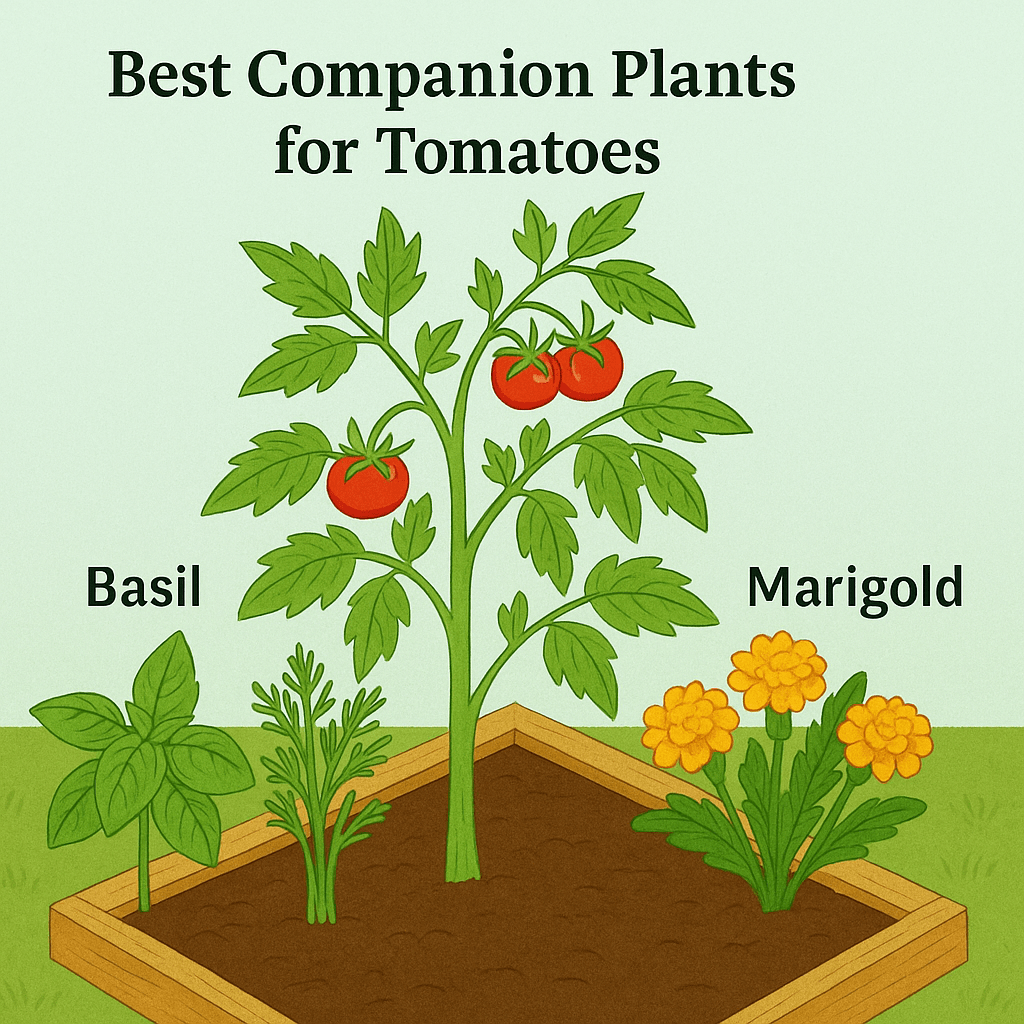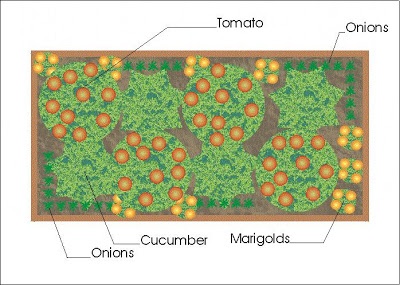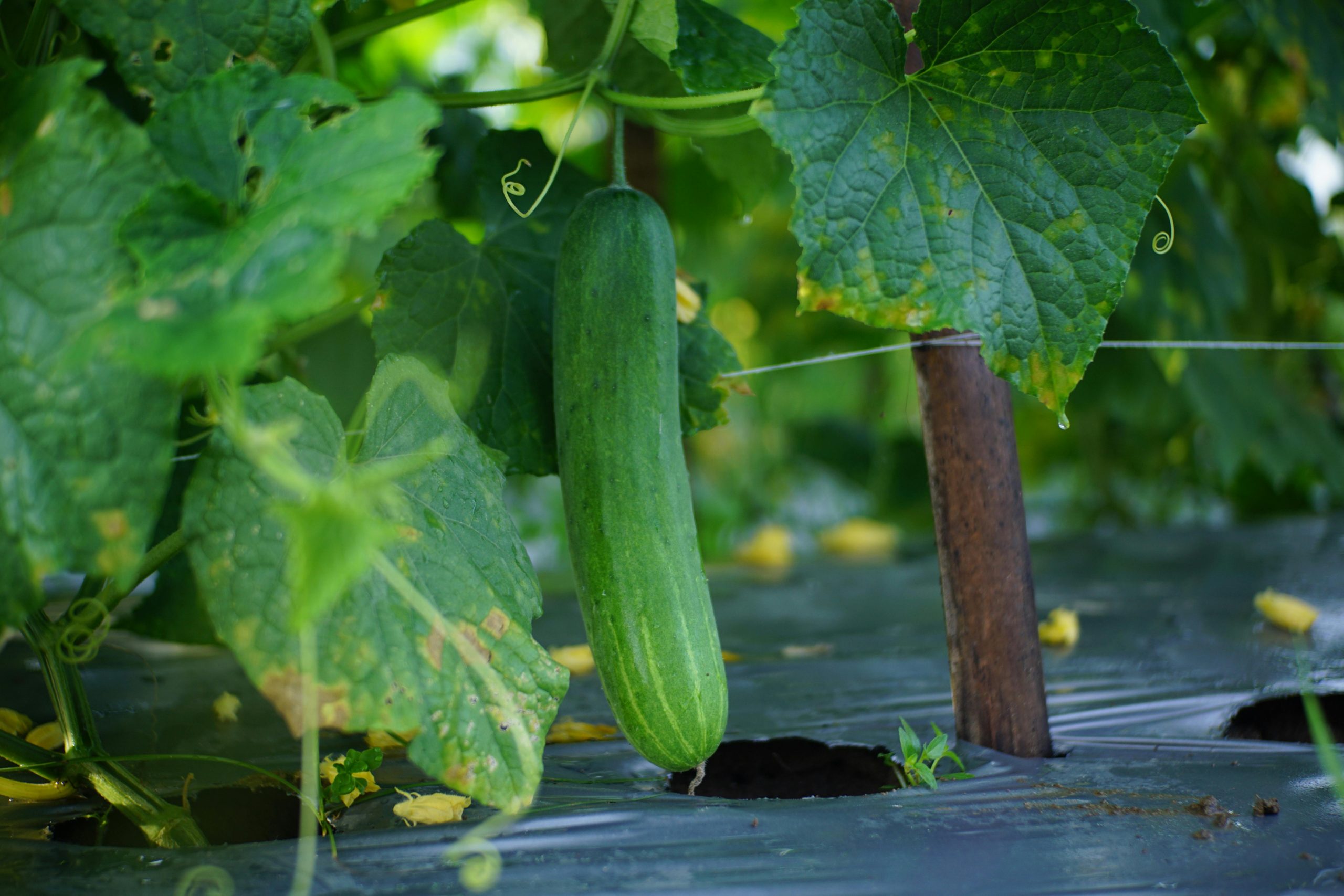Companion Planting Tomatoes: Boost Your Harvest Naturally

Tomato Companion Planting in Garden
Over the years, I’ve learned that companion planting tomatoes isn’t just a fun gardening experiment—it’s one of the most effective ways to boost yields, fight pests naturally, and grow healthier plants. Whether you’re growing a few tomato plants on your patio or managing a sprawling backyard garden, knowing what to plant alongside your tomatoes can make all the difference.
Today, I’m sharing my best tips and experience for companion planting tomatoes so you can get the tastiest, healthiest harvest possible!
🌱 What Is Companion Planting?
Companion planting is the practice of placing certain plants close together because they help each other thrive. Some companions deter pests, some improve soil health, and others attract beneficial insects. When it comes to tomatoes, choosing the right neighbors can seriously boost your garden’s success.
If you want to dig deeper into growing the healthiest vegetables, make sure to also visit our Growing Guides! You can also explore expert gardening advice at The Old Farmer’s Almanac Companion Planting Guide.
🍅 Best Plant Partners for Tomatoes
After lots of trial and error with companion planting tomatoes, these are my go-to plants to grow alongside tomatoes:
- Basil: Hands down, basil is my favorite companion for tomatoes. It’s said to improve tomato flavor and repel pests like aphids, thrips, and whiteflies. I always tuck a few basil plants at the base of each tomato plant.
- Marigolds: These colorful flowers are natural pest repellents. They help deter nematodes in the soil and ward off harmful insects above ground. I plant marigolds liberally throughout my tomato beds.
- Garlic and Onions: Members of the allium family help repel red spider mites and aphids. Plus, they don’t compete heavily for nutrients, making them easy tomato neighbors.
- Carrots: Carrots help break up the soil, allowing tomato roots to grow deeper. I plant carrots sparingly beneath tomato plants once they get a little height.
- Lettuce and Spinach: These cool-season crops act like living mulch. They keep the soil moist and shaded while tomatoes grow tall overhead.
- Chives: Another mild allium, chives repel aphids and can fit into small spaces around tomato bases.

🚫 Plants to Keep Away from Tomatoes
Just like people, some plants simply don’t get along! Through some tough seasons, I’ve learned to avoid planting the following near my tomatoes:
- Corn: Corn attracts tomato pests like the tomato fruitworm and corn earworm. That’s a double dose of trouble I don’t need.
- Potatoes: Since they’re in the same family (nightshades), potatoes and tomatoes are susceptible to the same diseases, especially blight. I keep them far apart.
- Fennel: Fennel inhibits tomato growth, and I learned that the hard way my first year gardening. It’s best to give fennel its own bed.
- Brassicas (like cabbage, broccoli, cauliflower): These heavy feeders compete too much for nutrients, and both crops suffer.
For more practical advice on planning your garden layout, don’t miss our guide on essential gardening tools you’ll want on hand!
🌼 Why Tomato Companion Planting Works
In my experience, the real magic of companion planting tomatoes comes from creating a balanced ecosystem. Here’s why it matters:
- Pest Management: Many companion plants naturally repel insects or attract beneficial predators, reducing your need for pesticides.
- Improved Pollination: Flowers like marigolds, nasturtiums, and borage attract pollinators, boosting tomato production.
- Soil Health: Some companions, like legumes, fix nitrogen in the soil, enriching it naturally for hungry tomato plants.
- Space Maximization: Fast-growing or low-growing companions (like lettuce) make the most out of limited garden space, shading soil and conserving water.
🛠️ Tips for Successful Companion Planting
If you’re just starting out with companion planting tomatoes, here are a few lessons I’ve learned through seasons of trial and success:
- Plan for Airflow: Tomatoes are prone to fungal diseases, so leave plenty of space around your plants—even if companions are tucked nearby.
- Use Companion Plants as Ground Cover: I love growing lettuce and spinach early in the season; they shade the soil and can be harvested before tomatoes get large.
- Succession Plant: After early spring companions like peas or radishes finish up, you can plant herbs like basil and dill to help summer tomatoes thrive.
- Rotate Beds: Even with companion planting, I rotate where I plant tomatoes each year to minimize soilborne diseases. More advice about soil health can be found at the Penn State Extension.

🌎 Final Thoughts on Companion Planting Tomatoes
Learning the art of companion planting tomatoes completely changed my garden for the better. Not only did I start seeing fewer pests and healthier plants, but my tomatoes became more flavorful and abundant than ever before. It’s amazing how a few simple planting tweaks can create a thriving, low-maintenance garden ecosystem.
If you’re just getting started or refining your approach, give companion planting a try this season—you won’t regret it!
Want to learn even more tips for growing your best vegetables yet? Check out our Growing Guides and Essential Gardening Tools sections for everything you need to succeed!


Pingback: Cucumber Companion Plants: What to Plant (and What to Avoid) - Suburban Vegetable Gardening